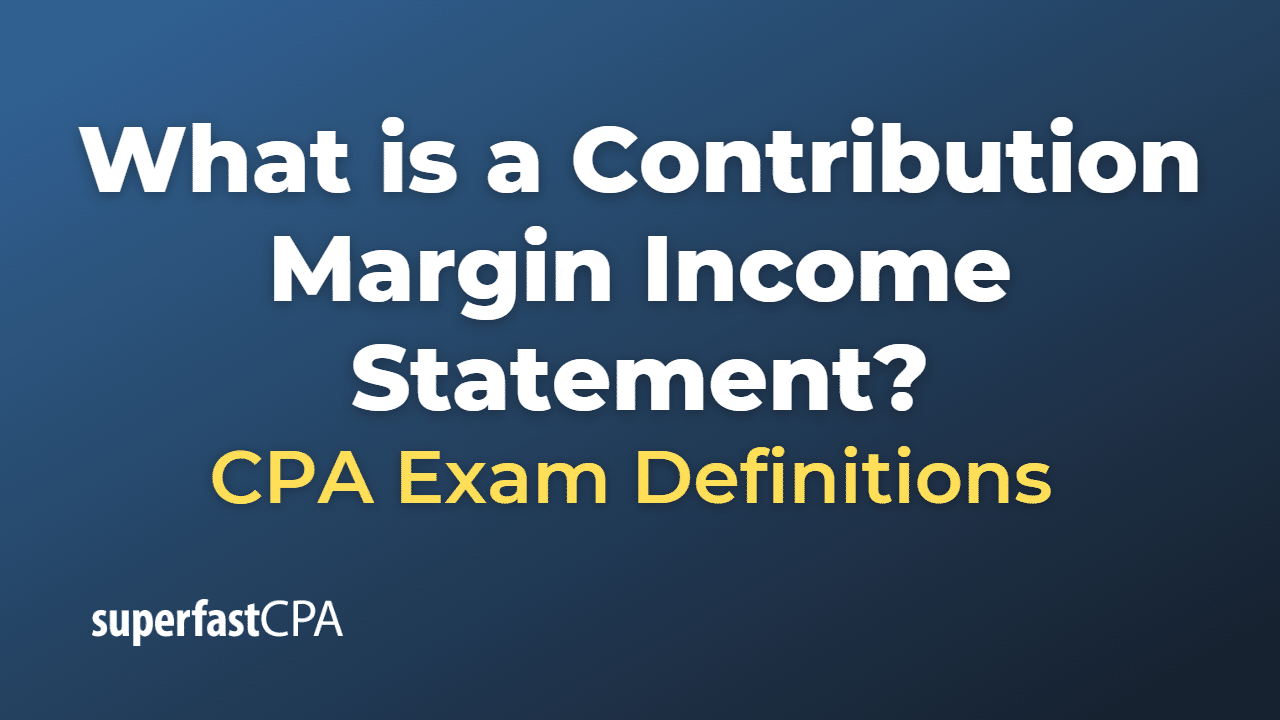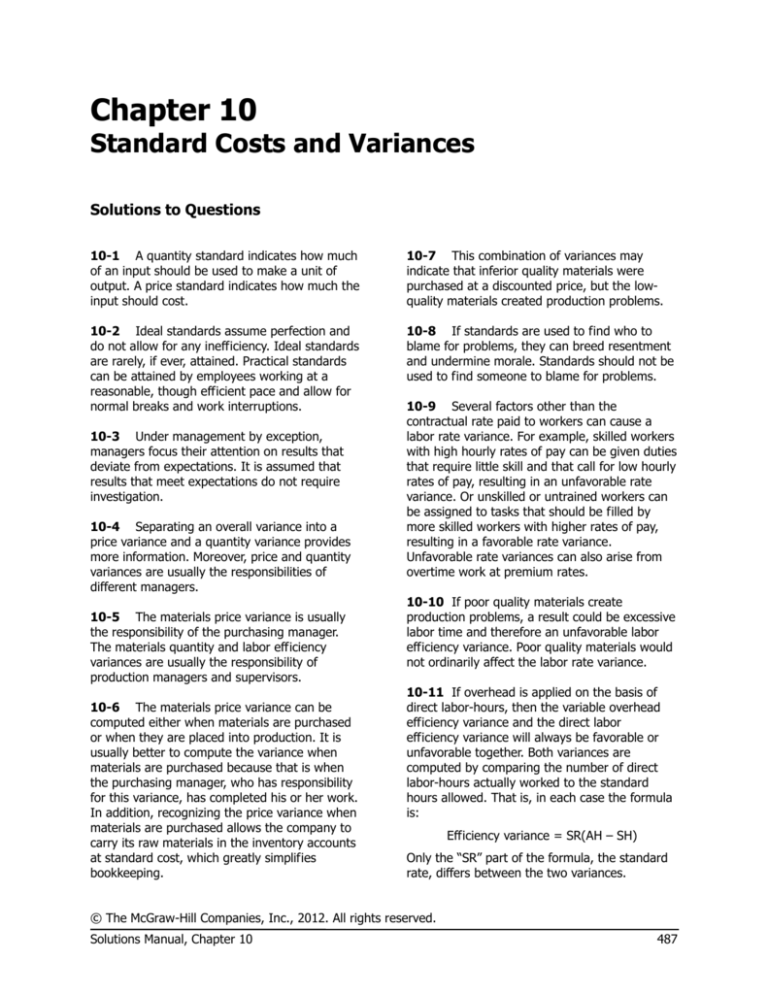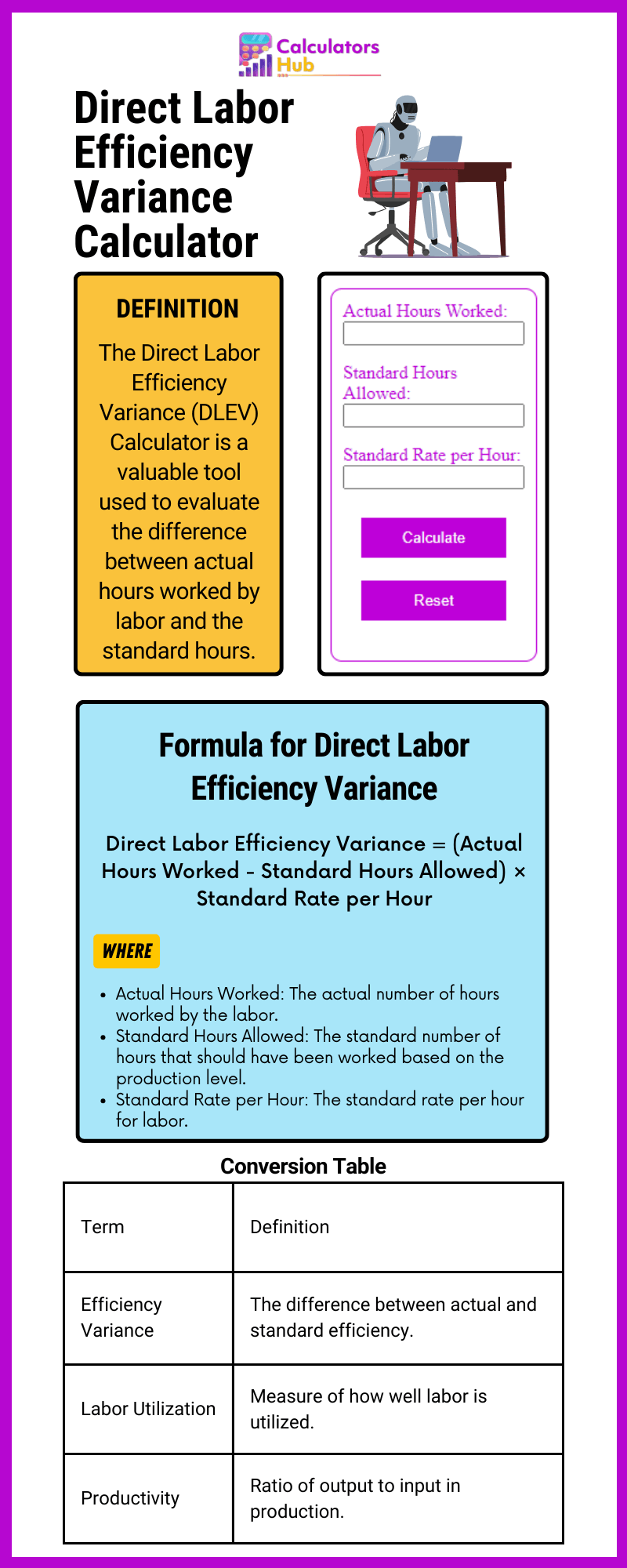We offer a full suite of accounting services that extend beyond basic bookkeeping. Our team handles accounts payable and receivable, payroll processing, month-end and year-end closings, and financial analysis. With our expertise, we not only manage your accounts but also provide insights that can help drive your business’s growth. Our approach is tailored to fit your business size, industry, and specific needs, ensuring a personalized service that aligns with your objectives. India is known for providing efficient services at competent prices in the outsourcing services sector.
- Plus, due to the abundant availability of talent and lower labor costs in India, you can choose to upscale or downscale your business with a very short turnaround time.
- Contact us today to explore how our expert team at QX Accounting Services can help you harness the benefits of cost savings, scalability, and access to skilled professionals.
- India’s outsourcing businesses match clients’ requirements not only in terms of price, but also in terms of skilled professionals, enhanced productivity, service quality and business process excellence.
Can outsourcing help CPA firms manage peak seasons better?
This scalability ensures uninterrupted service delivery and enables US firms to focus on their core competencies without being limited by fixed staffing capacities. This article from B.M.Chatrath & Co. (BMC), Alliott Group member firm in India for over 25 years, aims to provide definitive answers and information about the expected cost savings. In today’s dynamic business landscape, where efficiency, expertise, and focus are paramount, Bill Accounting stands out as your ideal partner for outsourced accounting services. From our comprehensive service offerings to our commitment to security and compliance, we are dedicated to providing top-notch accounting solutions that cater to the diverse needs of businesses across the globe. Transforming your accounting functions with Bill Accounting isn’t just about outsourcing; what are operating expenses it’s about upgrading to a strategic partnership that aligns with your business goals.
Our team employs advanced encryption, secure data storage solutions, and stringent access controls to protect your information. Regular security buying bearer bonds audits and compliance with international data protection regulations further ensure the integrity and confidentiality of your financial data. CapActix is an ISO-certified accounting outsourcing company, dealing with specialized solutions in the finance industry.
For more information on the outsourcing of accounting and bookmarking services to a trusted member firm in India, please contact Pankaj Dave at B.M. While BMC’s accountants will prepare the accounting records and tax returns, the firm will continue to deal directly with the client. All records will be subject to the firm’s final review, approval and will be communicated only by the firm to their client. The accounting firm is always in control as it maintains the original hard copy of their clients’ records. Additionally, the firm can access the electronic files via the Internet to view the status of each assigned task.
Payroll Services
India has a strong track record of delivering high-quality FAO services to global clients. It’s known to be the most preferred FAO destination, thanks to a combination of factors. In this article, we’ll overview the advantages of finance & accounting outsourcing. Also, discussed in detail are accountant for startups the top benefits and key considerations of outsourcing to India.
Advisory and Consulting Services
US CPA is globally recognized and one of the most sought-after finance and accounting certifications conferred by the American Institute of Certified Public Accounts (AICPA). Globalization and digitalization have given a lot of push to the FAO phenomenon as well. But there’s this myth that only big business can or should outsource offshore. On the contrary, it can be an excellent strategy also for small and medium sized firms. With its ability to adapt to the changing needs of the BPS market, India continues to be the preferred destination for offshoring business and accounting processes.
As we have mentioned earlier, India is globally renowned in the IT industry. Your team may also need to adjust to and accommodate the social and cultural practices of the vendor. This includes native language and accents that cause communication difficulties amongst parties. For example, an in-house software developer in India can be negotiated to around $15 per hour. Outsourcing to India is very cost-effective, especially if compared to hiring in-house, where developers cost around $80 per hour. These hubs boast of avant-garde internet, communication, technological, and digital infrastructure.
Even while surrounded by other emerging outsourcing destinations, India continues to stand out. Tax season is synonymous with long hours and complex workloads for CPA firms and accounting professi… If you’re planning restructuring, merger & acquisition (M&A), fund-raising or going public, you’ll need specialist services. You can sign up with strategic FAO services that offer consulting for such matters. People in India are quite inclined towards business studies, commerce, finance, and accountancy fields.




